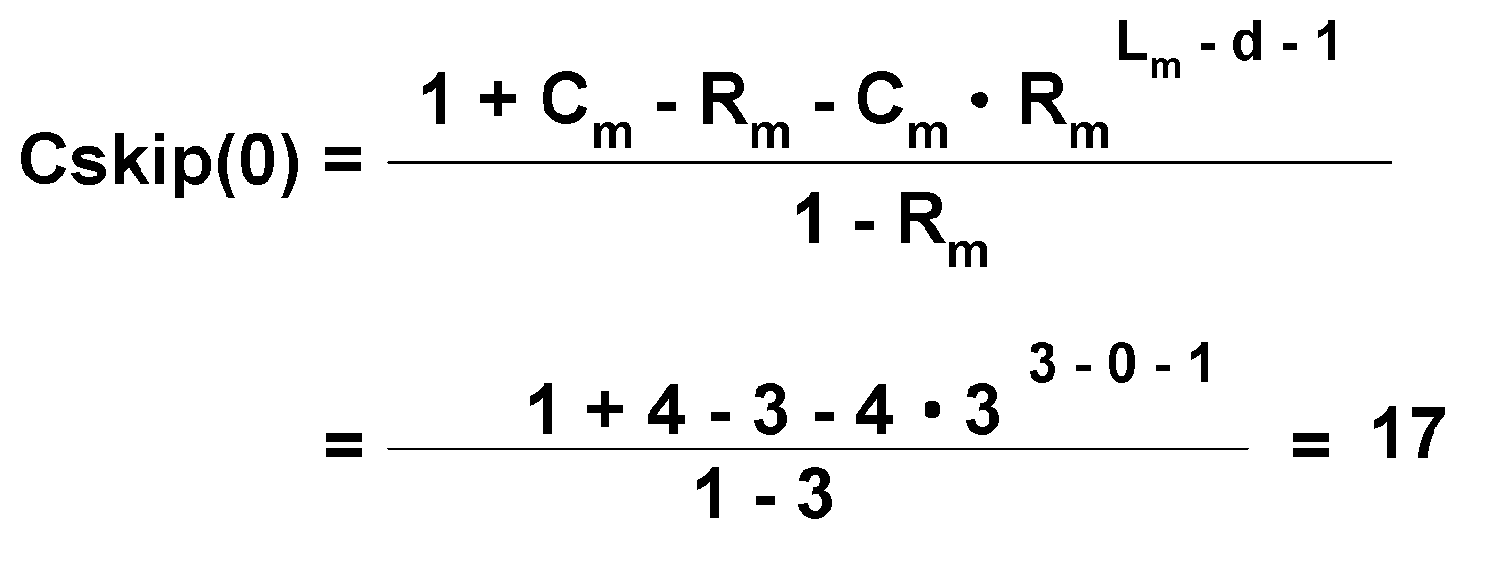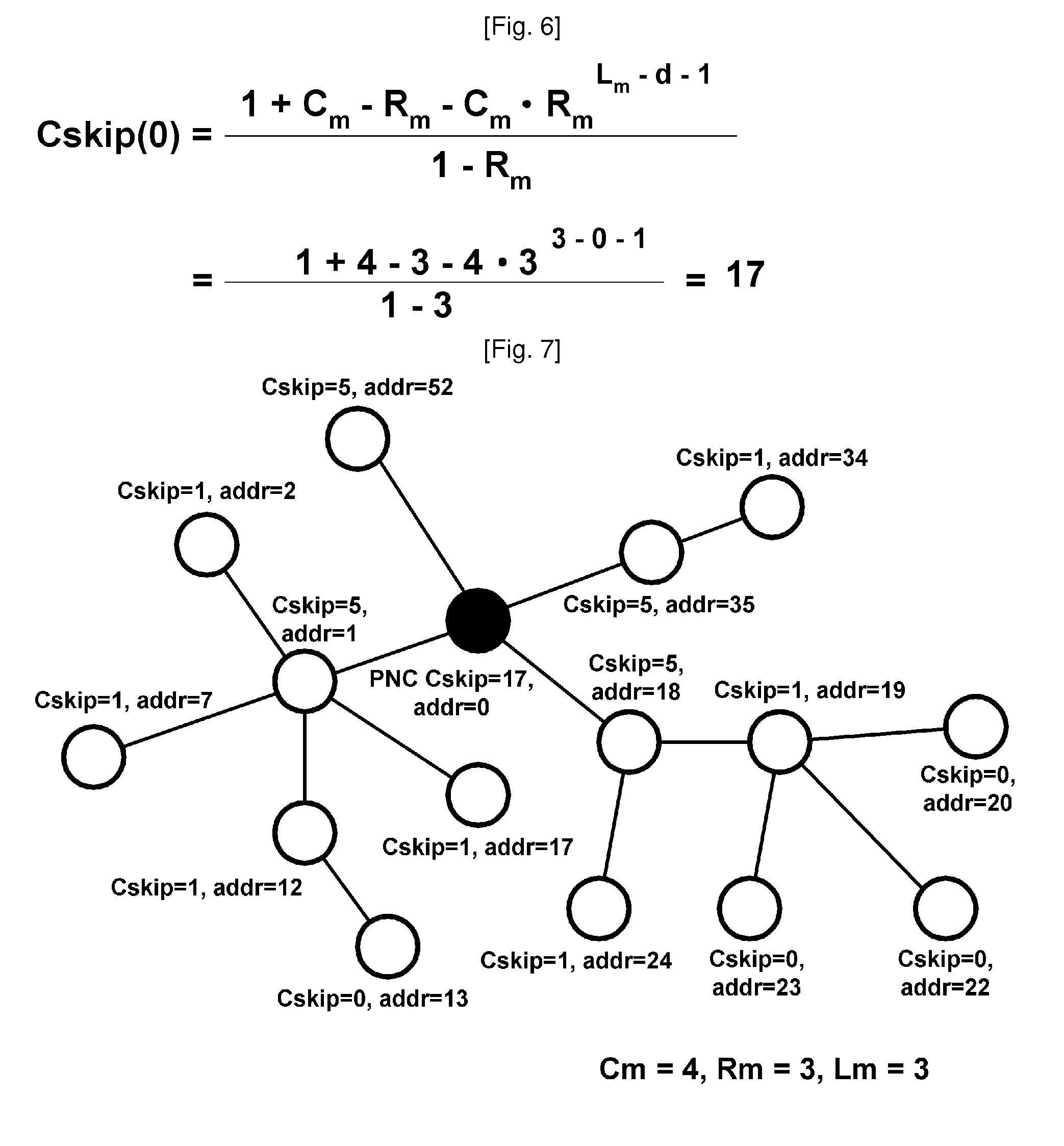Method for allocating an address of device in wireless personal area network (WPAN) and wpan device
- Summary
- Abstract
- Description
- Claims
- Application Information
AI Technical Summary
Benefits of technology
Problems solved by technology
Method used
Image
Examples
Embodiment Construction
[0071]The above objects, technical construction, operation, and advantages of the present invention will be more clearly understood from the following detailed description, taken in conjunction with the accompanying drawings.
[0072]FIG. 8 is a network configuration diagram showing a method of efficiently assigning addresses in a Wireless Personal Area Network (WPAN) according to the present invention.
[0073]The address assignment method according to the present invention is performed to assign sequential address values to devices ranging from an initial device, which is the highest node, to lower devices connected thereto in order to assign address values without wasting address values at the time of assigning addresses to devices generated in the network.
[0074]For this purpose, a WPAN device according to the present invention manages the final address value that was previously assigned, or the address value that is to be assigned next, as address assignment information. Further, in o...
PUM
 Login to View More
Login to View More Abstract
Description
Claims
Application Information
 Login to View More
Login to View More - R&D
- Intellectual Property
- Life Sciences
- Materials
- Tech Scout
- Unparalleled Data Quality
- Higher Quality Content
- 60% Fewer Hallucinations
Browse by: Latest US Patents, China's latest patents, Technical Efficacy Thesaurus, Application Domain, Technology Topic, Popular Technical Reports.
© 2025 PatSnap. All rights reserved.Legal|Privacy policy|Modern Slavery Act Transparency Statement|Sitemap|About US| Contact US: help@patsnap.com



